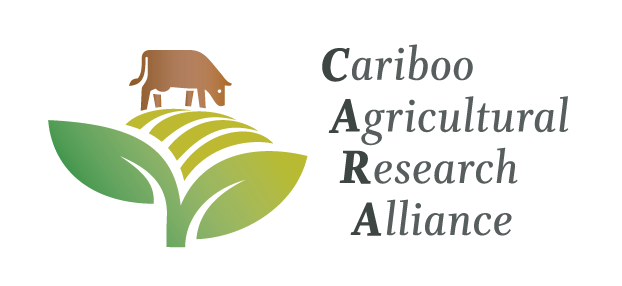Hoof pain changes how dairy cattle distribute their body weight
abstract
Behavioural changes associated with lameness in dairy cattle are often subtle, making lameness detection difficult. Objective and reliable methods of assessing weight distribution among the four limbs may be useful in the early detection of hoof injuries. To determine how cows redistribute their body weight among the four limbs in response to discomfort, I used a standing force platform with uncomfortable surfaces under either a single hoof (Exp. 1, n = 13 cows) or two hooves (Exp. 2, n = 15 cows). In control sessions, when all four hooves were on comfortable surfaces, cows in both experiments kept more weight on the front hooves than on the back hooves. In Experiment 1, when one of the back hooves was on an uncomfortable surface, cows removed weight from this hoof and redistributed the majority of this weight onto the contralateral back hoof but did not change the distribution of weight among the front hooves. When the uncomfortable surface was under a front hoof, cows placed less weight on that hoof and placed more weight on the contralateral front hoof and the ipsilateral back hoof. The variation in weight placed by the cows on both contralateral hooves increased when one of the hooves was on the uncomfortable surface. Cows in Experiment 2 placed more weight on the back hooves when both front hooves were on uncomfortable surfaces, though there was no change in weight distribution when both back hooves were on uncomfortable surfaces. This study demonstrates that dairy cows can alter their weight distribution to accommodate discomfort and that they adopt different standing behaviours depending on the location of discomfort. These results will help in the interpretation of data from force platforms for on- farm detection of lameness in dairy cattle. ii
